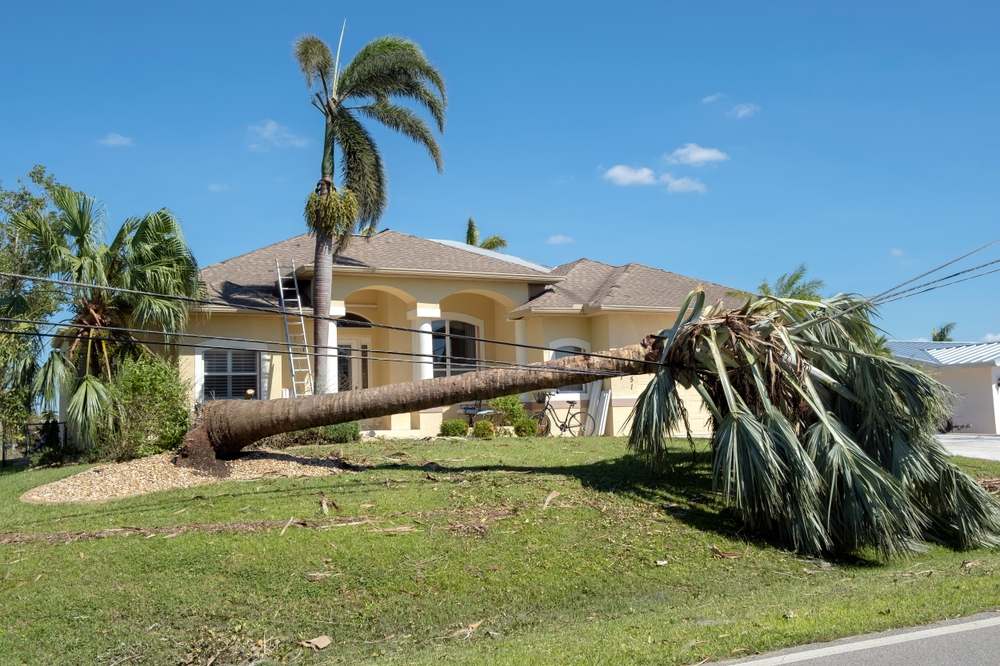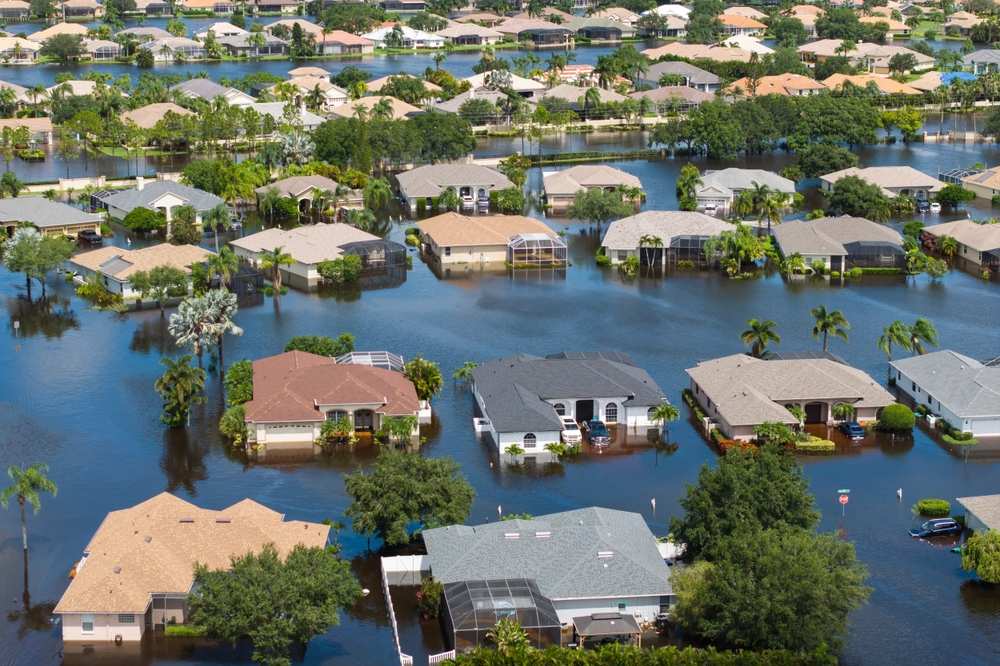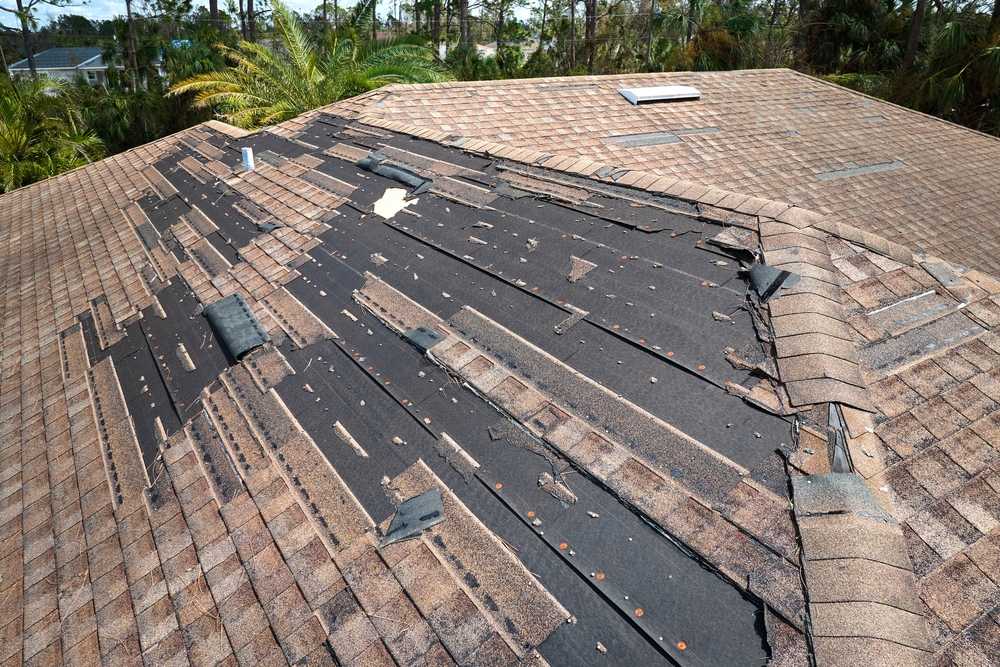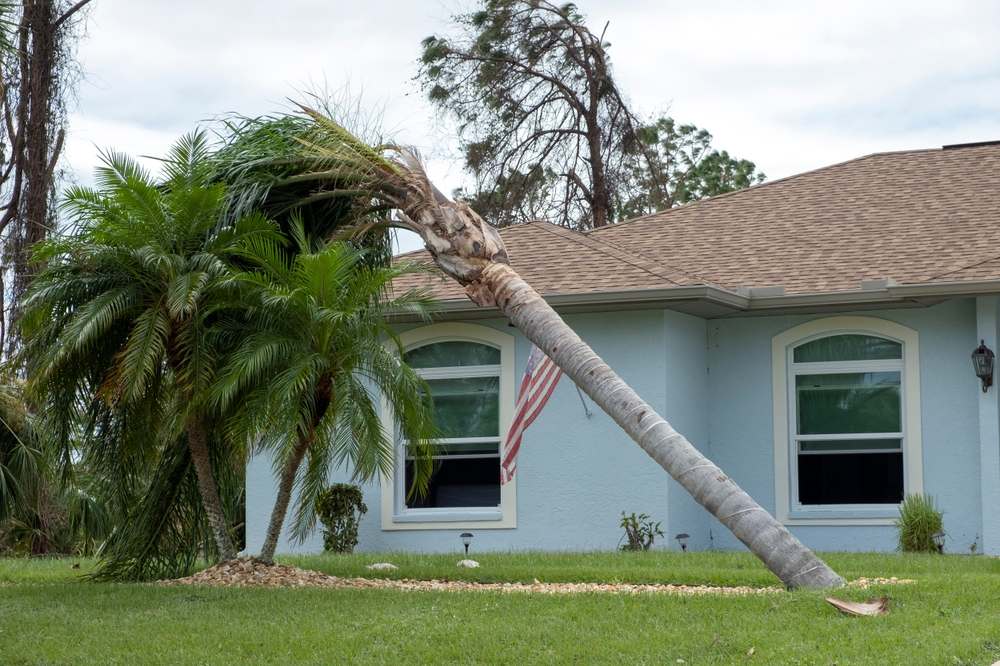TL;DR: 10 Ways to Hurricane-Proof Your Home
- Upgrade windows and doors to impact-resistant models
- Use hurricane straps and reinforce roofs
- Protect against storm surges and high winds
- Ideal for retrofits or building a hurricane-proof home in storm-prone areas
Hurricanes are among the most destructive natural disasters in the United States. According to the National Hurricane Center, a Category 1 hurricane starts with sustained winds of 74 mph, while a Category 5 storm exceeds 157 mph. These powerful winds can tear off roofs, shatter windows, and collapse walls. In fact, Hurricane Ian (2022) alone caused over $113 billion in damages, making it one of the costliest storms in U.S. history. With storms growing more frequent and intense, investing in home protection is no longer optional—it’s essential.
Below are 10 practical strategies for protecting your home from high winds, storm surges, and flying debris, whether you’re retrofitting an existing property or building a hurricane-proof home from the ground up.
1. Install Impact-Resistant Windows and Doors
Windows and doors are often the first point of failure in hurricanes. Installing impact-resistant windows and doors ensures they can withstand hurricane-force winds and flying objects.
Why It Matters:
- Prevents pressurization that can cause your roof to lift off
- Keeps debris from penetrating your home
- Reduces the risk of water damage
When choosing impact windows, look for products rated for wind speeds common in hurricane-prone areas, and be sure to follow local building codes.
2. Reinforce Garage Doors
Garage doors are large and susceptible to buckling under pressure. Reinforcing or replacing them with hurricane-resistant models keeps your home sealed and stable.
Upgrade Tips:
- Install bracing systems
- Choose steel-reinforced options with heavy-duty tracks
- Ensure automatic openers have a manual override
3. Install Hurricane Shutters
If upgrading all your windows at once isn’t feasible, hurricane shutters are a cost-effective alternative for storm protection.
Types include:
- Accordion shutters
- Roll-down shutters
- Storm panels
These offer quick deployment when a storm is approaching and can drastically reduce damage from hurricane winds and debris.
4. Secure Your Roof
Your roof is one of the most vulnerable parts of your home. Retrofitting your roof or building with a hurricane-resistant design—such as a hip roof—offers better wind resistance.
Strengthen It By:
- Installing hurricane straps or clips that tie the roof to the wall structure, creating a continuous load path
- Using wind-rated roofing materials
- Inspecting for loose shingles or tiles regularly
5. Strengthen the Structure with Hurricane Straps
Hurricane straps are steel reinforced connectors that link your home’s roof, walls, and foundation. They’re critical when learning how to build a hurricane-proof home, especially in new construction.
Benefits:
- Maintains structural integrity
- Meets many insurance company requirements for storm safety
- Provides added strength in areas prone to hurricane winds
6. Elevate the Foundation
In areas susceptible to storm surges or flooding, elevating your home on piers or stilts can reduce the risk of water damage.
Considerations:
- Check FEMA flood maps
- Work with structural engineers when building hurricane-proof homes
- Elevation may also lower your flood insurance premiums

7. Seal and Caulk Vulnerable Areas
Even small cracks can lead to major leaks. Seal any gaps in your windows and doors, roofline, or around plumbing and electrical entry points.
Use Weatherproof Materials:
- High-grade caulking
- Waterproof adhesives
- Flashing around openings
Proper sealing can prevent water damage and mold after a storm.
8. Secure Outdoor Structures and Landscaping
Unsecured outdoor items can become flying debris during a hurricane. Prepare your yard to minimize risks.
Before Hurricane Season:
- Anchor sheds, fences, and playsets
- Use hurricane-rated fasteners for pergolas and carports
- Store patio furniture or weigh it down
Smart landscaping with native plants and trimmed trees also helps reduce debris.
9. Install a Backup Power Supply
Loss of power during and after a hurricane can affect everything from refrigeration to medical devices.
Options:
- Whole-home generators
- Solar + battery systems
- Portable power stations
While not structural, these upgrades are vital in ensuring your hurricane-proof house remains livable post-storm.
10. Get a Hurricane Home Inspection
To truly know how to hurricane-proof a home, consider getting a certified storm-readiness inspection. Professionals assess everything from roof ties to impact resistance in windows and doors.
What You’ll Learn:
- Weak points in your home’s current structure
- Compliance with building a hurricane standard
- Prioritized upgrade recommendations for hurricane-resistant homes
Many insurance companies offer discounts for homes that meet certain protection standards. An inspection can also aid in future claims.
The Bottom Line
Knowing how to make your home hurricane-proof is essential for those living in hurricane-prone areas. While no structure is completely storm-proof, investing in a few of these upgrades can drastically improve your home’s odds during the next big weather event.
From steel reinforced framing and hurricane straps, to smart landscaping and impact windows, these 10 strategies cover everything from the ground up. Whether you’re retrofitting or building a hurricane-proof home, the goal is clear: safeguard your home, your investment, and your peace of mind.
Always consult professionals for structural work and make sure all upgrades comply with local building codes. With preparation, your home can be a place of refuge, no matter what the winds bring.



